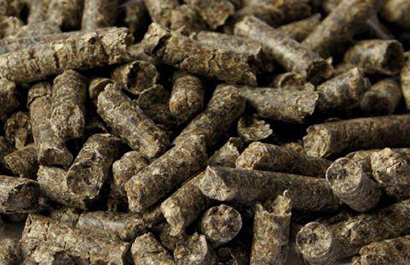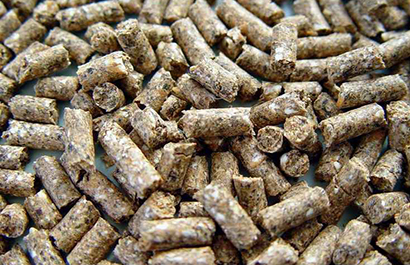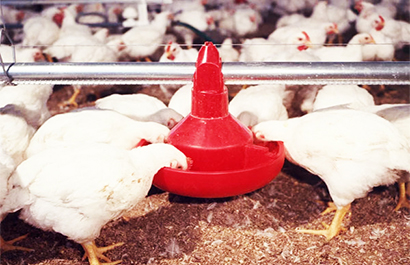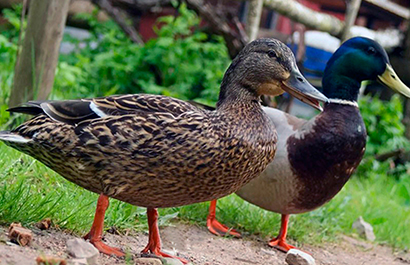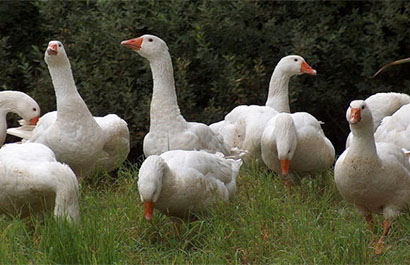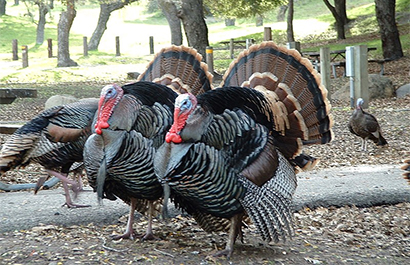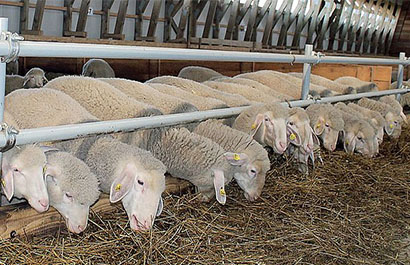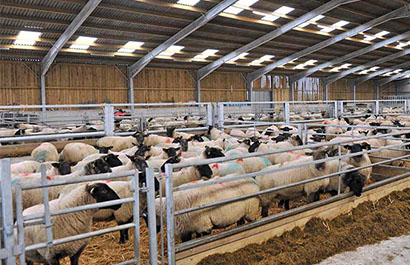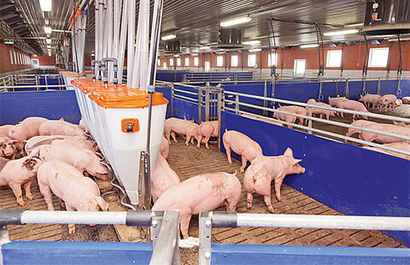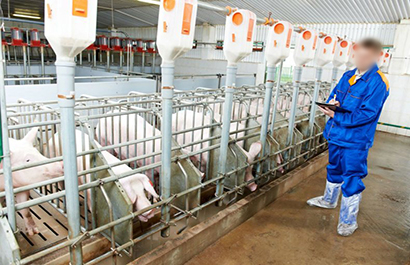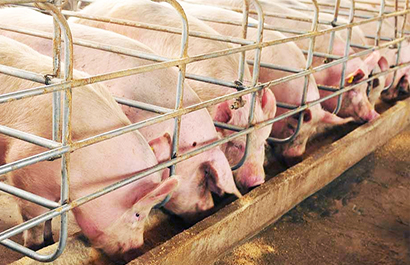Beer pellets
- Agriculture
- Our Elevators
- Our Certificates
- Our Diplomas
- Organic certification
- European Certification
- Halal Certification
- Wheat - Wheat flour - Mills
- Buckwheat - Buckwheat flour
- Linen Seeds
- Corn – Сorn flour
- Oats – Oat flour
- Rye – Rye flour
- Barley – Barley flour
- Sunflower seed
- Chickpeas, Peas – Pea flour
- Beans
- Soybean seeds
- Pumpkin seeds
- Rape seeds
- Sugar beet pulp
- Beer pellets
- Meal for animal feed
- Production plant L-lysine, Gluten, Alcohol, DDGS, CO2
- Sugar Factory
- Oil Extraction Factory
- Rice Processing Plant
- Milk Powder Production Plant
- Meat Processing Plants
- Fruit Storages
- Bioproducts Plant
- Malt plant
- Cheese production plant
- Aquaculture feed production plant
- Cold Storage and Meat Processing Plants
- Cattle - meat beef
- Pig breed - Pork meat
- Sheep breeds - lamb meat
- Poultry meat
- Chicken egg
- Quail
- African chicken, cisar hen
- Geese meat
- Our beegarden
- Honey
- Bee products
- Gardens
- Containers, packaging and calibration
- Factory for the production of juices and tomato paste.
- Quince
- Pear
- Peaches
- Plum
- Cherry
- Apples
- Apricot
- Berries
- Grape
- Figs
- Mulberry
- Nuts
- Almond
- Watermelon cultivation technology
- Melons
- Transportation
Beer pellets
Beer grains are a valuable byproduct derived from the residual wort following the brewing process. This versatile product, ranging from light brown to dark brown, possesses a delightful bready taste and aroma. Comprising grain shells, insoluble barley particles, and retaining nearly all the fat and protein from the grain, it boasts a digestible protein content of around 20%. With a feed value of 0.75 feed units when dry, beer pellets find application in diverse agricultural settings, serving as feed for livestock such as cattle, pigs, poultry, rabbits, and horses.
The rich composition of brewer's grains encompasses proteins, fiber, fats, calcium, phosphorus, magnesium, potassium, sodium, iron, zinc, iodine, carotene, as well as vitamins E, B1, B2, B4, and B5. This unique blend of beneficial substances positions brewer's grains as an indispensable element in livestock diets. For optimal results, brewer's grains are recommended to be incorporated into livestock diets in conjunction with other feeds—both dry and wet. Dry beer grains are commonly fed to dairy cows and young animals, either in their dry form or after a brief soaking. In calf feed formulations, 6% to 10% of dry brewer's grains are added to ensure essential nutrition.
Brewer's grains also serve as a popular poultry feed, particularly for replacement young animals and broiler chickens. In mixed feed, it is advisable to introduce up to 5% to 6% of pellets, enhancing the nutritional value of the feed mixture. Its high energy content, coupled with a balance of fiber, vitamins, and minerals, contributes to improved calcium and phosphorus absorption, heightened fattening efficiency, and enhanced growth in young animals. This increased fattening efficiency positively influences lactation and elevates the quality of livestock products, promoting weight gain.
Additionally, brewer's grains exhibit dietary properties that aid in normalizing the gastrointestinal tract of animals, preventing diarrhea, and reducing diet costs when replacing concentrates partially.
As for spent malt, it comprises valuable components like grain husks, germs, and substances that resisted dissolution during mashing, with or without enzyme use. Spent malt can be derived from various malt types such as light malted barley, dark malt, caramel malt, roasted malt, freshly sprouted malt, dry brewing malt (dried freshly sprouted brewing malt devoid of sprouts), and aged brewing malt (dry brewing malt aged for a specific duration). This diversity allows for the selection of the optimal product to meet various needs.



